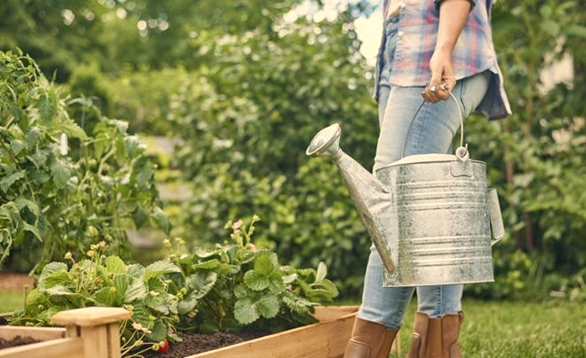Raised Bed Gardening
Taking Care of Plants in Raised Garden Beds
There are many different ways of taking care of plants in raised garden beds. When you have an area in your garden which is used as a bed you will need to consider the various factors before you can start to grow anything. This is especially true if you already have plants or even seedlings growing in the garden bed. You want to make sure that they get the best possible growing conditions and do not end up dying. Some of the important things to consider when it comes to plants in garden beds is to make sure they have enough light and water.
1. Lighting
There are many different things that need to be considered when it comes to lighting for garden beds. The most important thing to do here is to ensure that you choose the right type of lighting for the purpose of artificial or natural lighting. If you have a raised garden bed, you may want to consider using low voltage lighting. However, if you only have a small garden bed you will not need this type of lighting. The other option that you have is to use fluorescent lights for your plants.
2. Temperature
Once you have decided on the kind of lighting you need for your plants you need to think about the temperature. Many of the plants need a certain temperature in order to survive. This will have an effect on the humidity levels in the room. You should try to ensure that there is not too much humidity in the room but not too much heat as well. The right humidity level will ensure that your plants are healthy.
3. Check the Plants Regularly
Keep your plants healthy by checking them regularly. You should check their leaves, stems and roots as well as the soil. Make sure that they are not damaged, too. If they are, you will need to take steps quickly to correct the problem. If you notice that one area of your plants is more susceptible to damage than another, you may want to choose that particular plant and move it to a different area of the garden bed.
4. Well-drained Soil
The soil in your garden needs to be well-drained. The soil should be moist but not wet. The area of the plants that need to be given more watering will be the areas of the plant that tends to stay dry most of the time. Try to avoid over-watering plants that are located near each other. This will only help to prevent wilting and loss of leaves and stem on the plants that are being over-watered.
5. Mulch
The other issue to consider is mulch. Mulch can be a good idea if it is placed in the correct location. If the mulch becomes wet, it can become slick which can be harmful for walking on. You should only use mulch where the climate is suitable for it. Otherwise it could end up being a danger to people walking on the garden paths around it.
6. Awareness of Diseases
When it comes to taking care of plants in raised garden beds, you must be aware of diseases that can attack the plant. One such disease is known as leaf blight. This disease is actually a bacterial infection. The bacteria actually eat the protective wax that covers the foliage of the plant. Without this wax, the foliage will begin to turn yellow. In order to prevent this from happening, you will want to regularly check on the condition of your garden bed.
7. Taking Care in Different Seasons
7.1 During Warm Weather
Your plants’ needs during warmer weather will be different than during colder months. During warmer weather, the soil should be moist, but it should not be saturated. Also, be careful about over-wetting the bed. Too much water could cause your plants to become heavy and compacted. Watering should be done several times a day to help establish a good growing environment.
7.2 During Cold Weather
During cooler months, you will want to give your plants more sun exposure. You can easily accomplish this by building a raised garden bed over a kitchen or outdoor shed. You can even use wood pallets for this purpose. If you have a greenhouse, you can use clear plastic containers to hold your plants so that they get the full amount of sunlight they need.
8. Conclusion
If you follow these simple tips for taking care of plants in raised garden beds, you will be sure to enjoy your flowers and vegetables for many years. These tips also provide you with a way to avoid planting diseases into your garden. However, if you live in an area that has different seasons, it may be necessary for you to move some of your plants during different times of the year. However, by following the tips for taking care of plants in raised garden beds, you will be able to move your plants without too much trouble.

